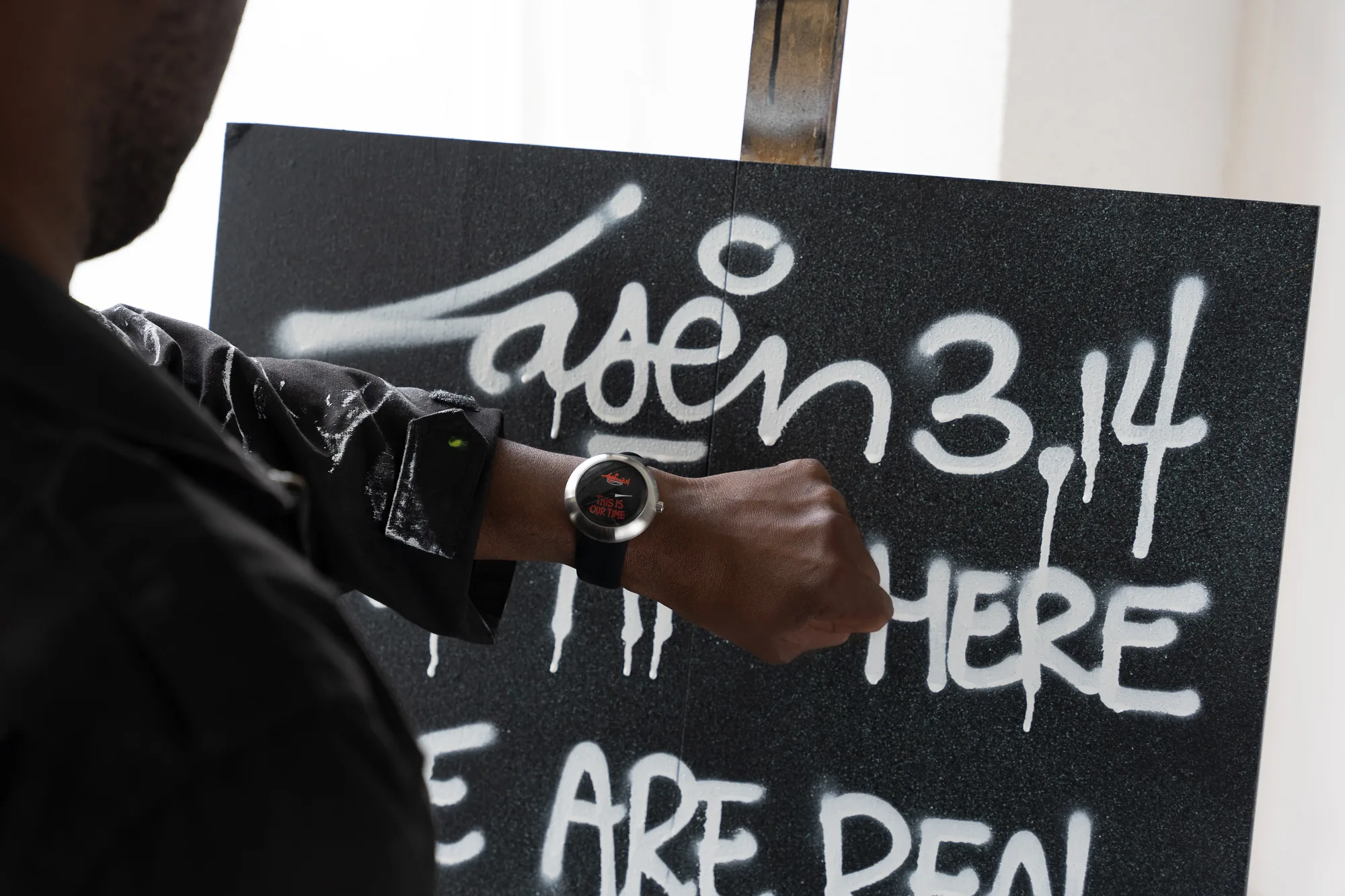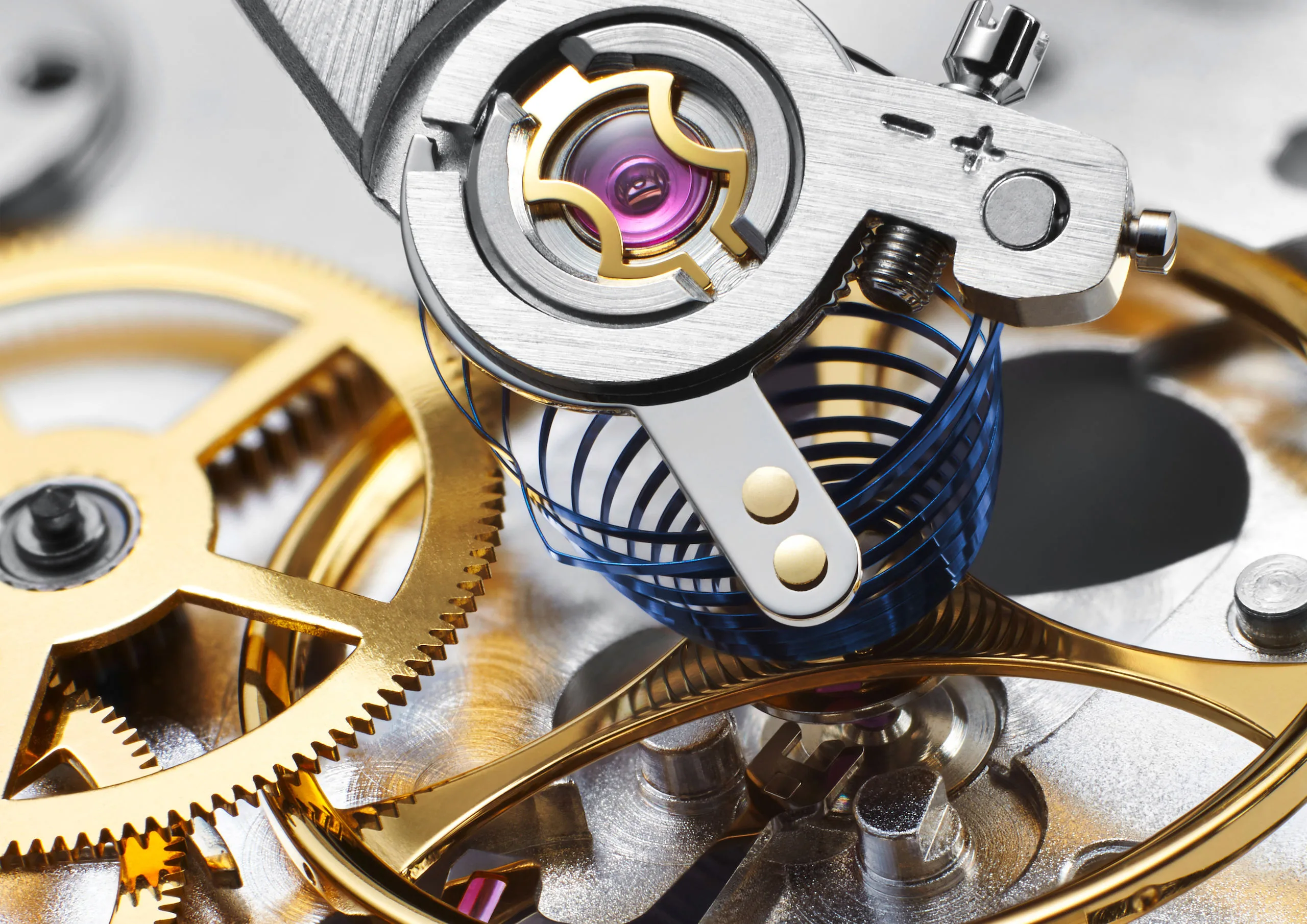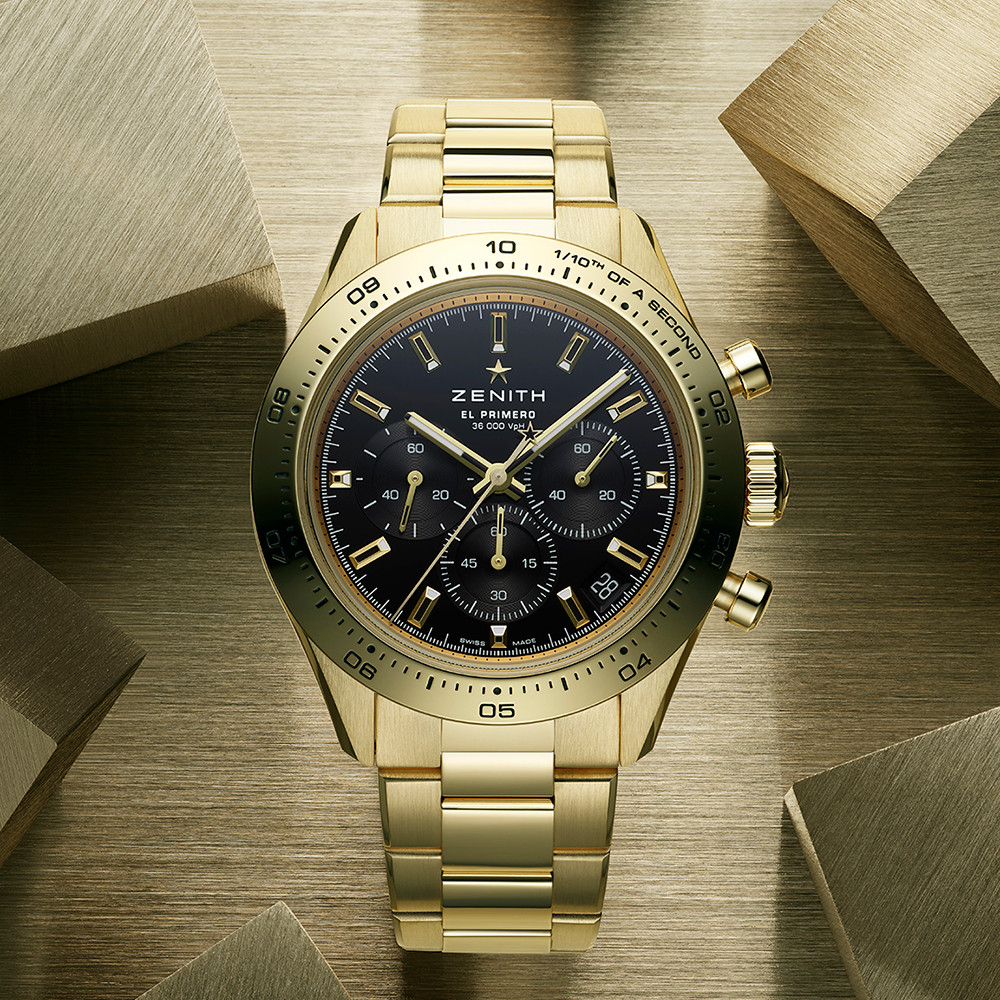Evolution of the Galaxy Watch Series: Reimagining the Watch
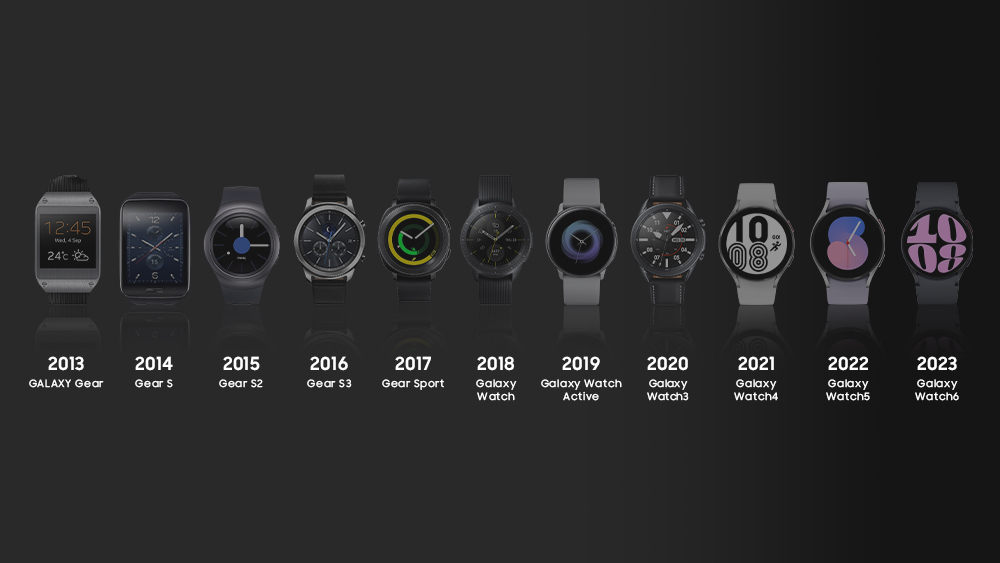
In a world where watches were once primarily timekeepers, smartwatches have transformed into multifunctional gadgets that enhance everyday life. From tracking health metrics to communication and entertainment, these devices have evolved far beyond their traditional role.
Samsung Newsroom delves into the journey of the Galaxy Watch series over the past decade, illustrating its pivotal role in reshaping the concept of timekeeping.
Breaking New Ground: Pioneering the Smartwatch Era
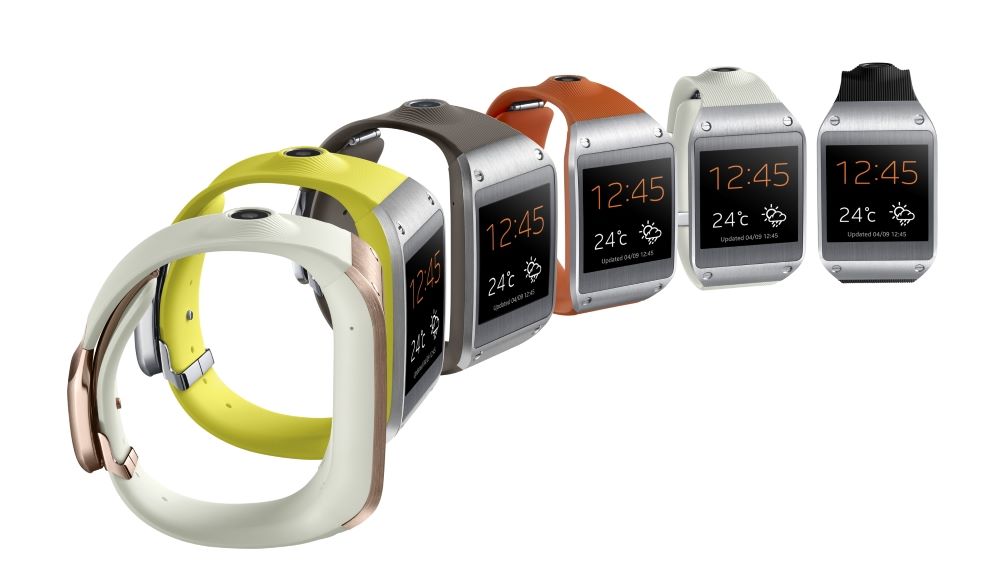
Back in September 2013, Samsung introduced the Galaxy Gear, a pivotal step towards integrating the Galaxy experience into daily routines. Sporting a 41.4-millimeter display, this wearable allowed users to make calls, manage schedules, set alarms, and even capture moments with a built-in camera — all without needing a smartphone. More than just a timepiece, the Galaxy Gear set the stage for the rise of smartwatches.
The evolution continued with the Samsung Gear2 in February 2014, featuring a slimmer design, extended battery life, and advanced functionalities like heart rate monitoring and standalone music playback. Concurrently, the Samsung Gear2 Neo offered a camera-free option with identical capabilities.
Advancing Connectivity and Design

In 2014, Samsung introduced the Gear S, its first smartwatch with a curved Super AMOLED display and 3G connectivity, marking a significant leap in standalone watch capabilities. The following year, the Gear S2 made waves as Samsung’s first circular-display smartwatch, incorporating a distinctive rotating bezel that has since become iconic.
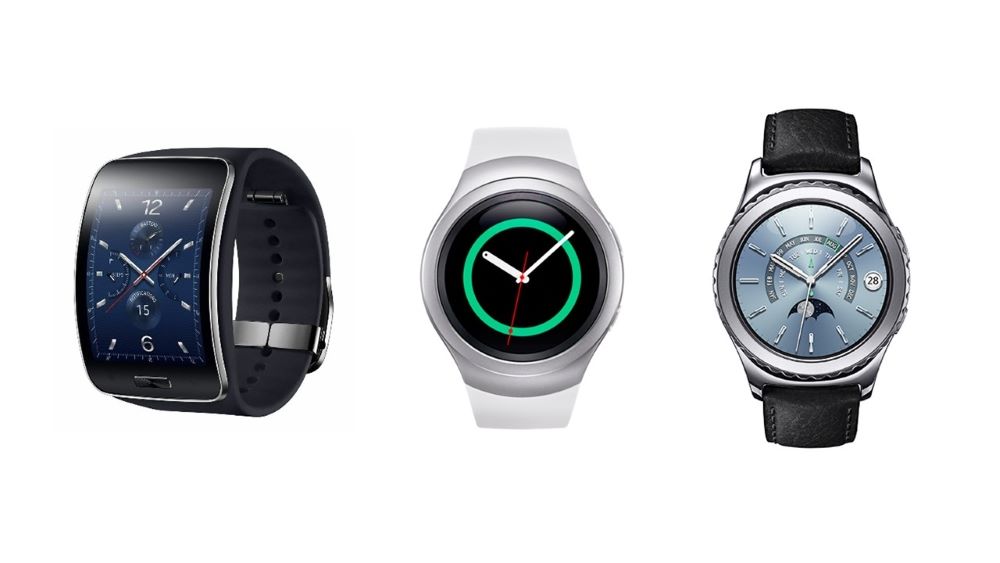
The evolution continued with the Samsung Gear S3 in 2016, blending traditional watch aesthetics with modern functionalities like an Always On Display and built-in GPS. The Gear Sport followed suit, catering to active lifestyles with robust water resistance and enhanced fitness tracking features.
Introducing the Galaxy Watch: A Comprehensive Lifestyle Companion
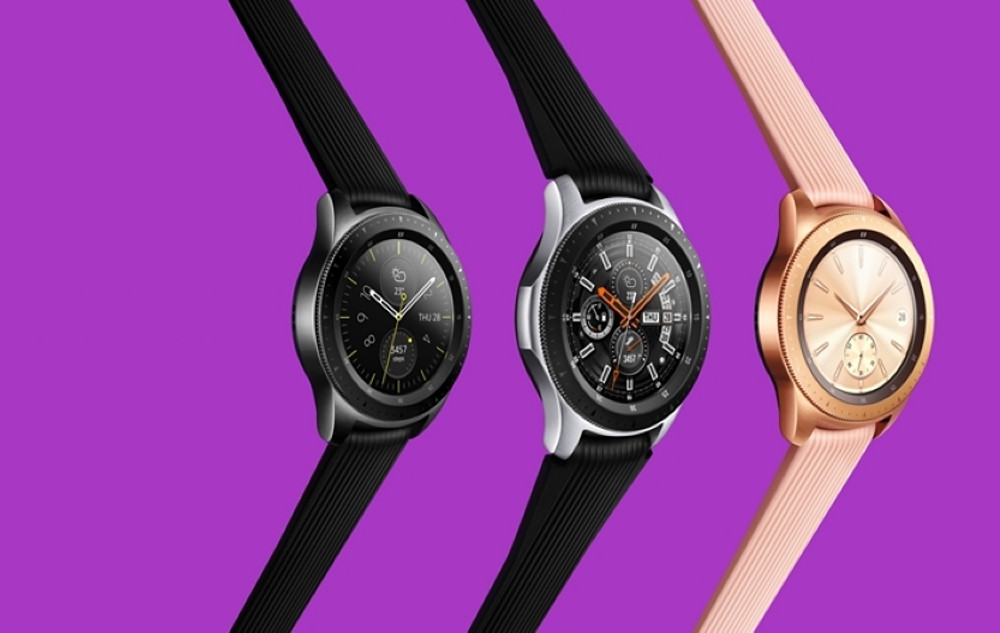
August 2018 saw the debut of the Galaxy Watch series, signaling Samsung’s commitment to creating versatile smartwatches that cater to diverse lifestyles. Retaining the circular bezel while introducing stress management, sleep tracking, and comprehensive exercise monitoring for over 39 different activities, the Galaxy Watch set a new standard in smartwatch versatility.
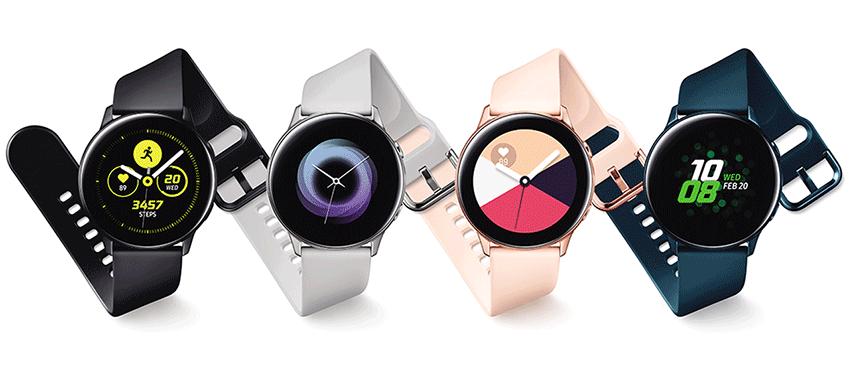
The Galaxy Watch Active, launched in February 2019, targeted fitness enthusiasts with its lightweight design and comprehensive health tracking capabilities, including real-time blood pressure monitoring and sleep analysis.
Embracing Health and Personalization
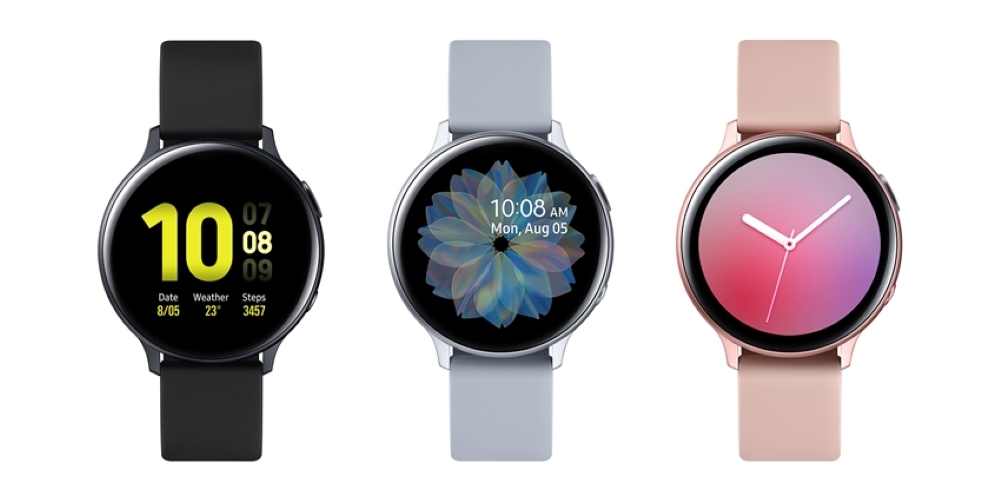
The Galaxy Watch Active2, introduced in August 2019, elevated health tracking with a rotating bezel and customizable watch faces through the My Style feature. Enhanced sensors and seamless connectivity within the Galaxy ecosystem further enhanced the user experience.
A Focus on Health and Wellness
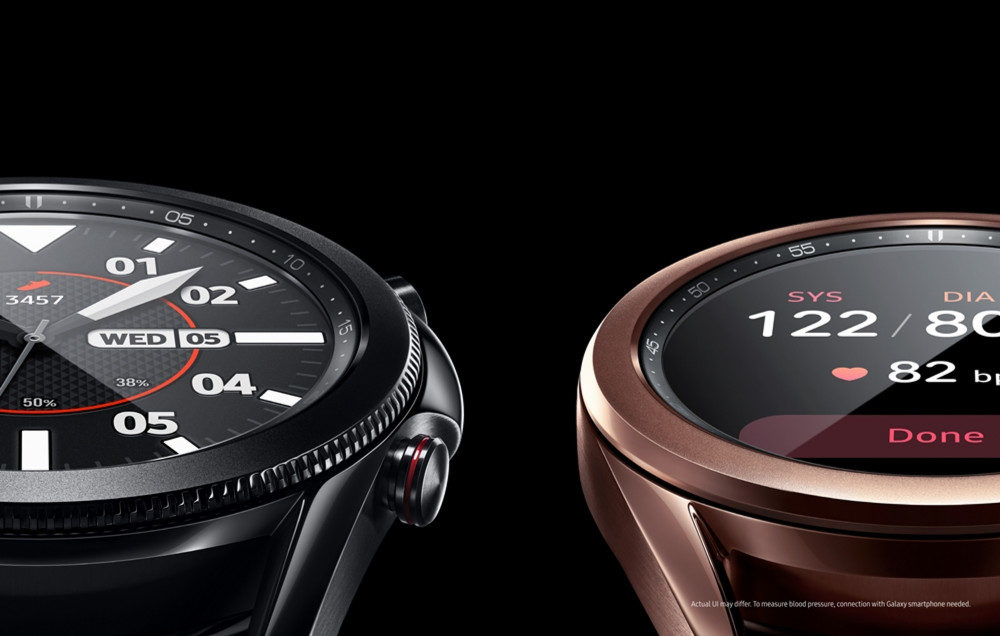
In August 2020, Samsung unveiled the Galaxy Watch3, integrating advanced health features such as ECG readings, blood oxygen monitoring, and sleep management into a sleek stainless steel or titanium design.
The Galaxy Watch4 series, launched in August 2021, introduced BioActive Sensors for precise health measurements, including blood pressure and body composition analysis. Enhanced by the new Wear OS and One UI Watch, these models offered improved connectivity and expanded application access.
Looking Ahead: Innovating Health Insights
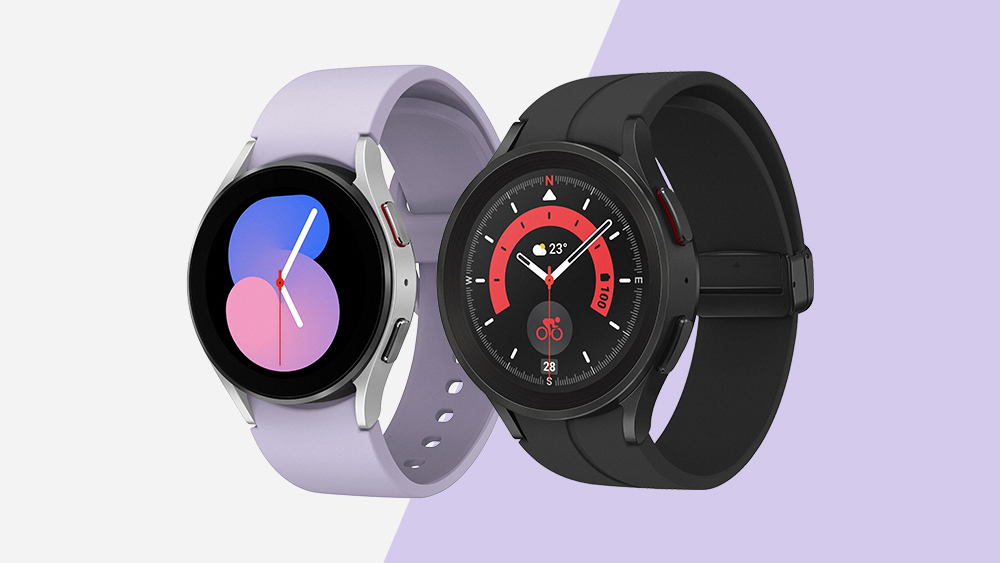
The Galaxy Watch5 series, introduced in August 2022, continued to innovate with advanced sensors for outdoor activities and enhanced health tracking, including menstrual cycle predictions based on skin temperature.
July 2023 saw the release of the Galaxy Watch6 series, featuring a larger display, slimmer bezel, and improved health metrics monitoring. This series introduced a new button mechanism for quick watchband changes, further enhancing user convenience.
A Smartwatch Revolution
In May 2024, Samsung launched One UI 6 Watch, transforming the Galaxy Watch into an AI-powered health assistant that offers personalized insights and motivation based on comprehensive health data. Future models promise even more advanced features, including the measurement of Advanced Glycation End Products (AGEs) with updated sensors.
As Samsung continues to innovate and expand its smartwatch offerings, it remains committed to pushing the boundaries of wearable technology, catering to the evolving needs and expectations of users worldwide.
For more information, please visit Samsung.com.



